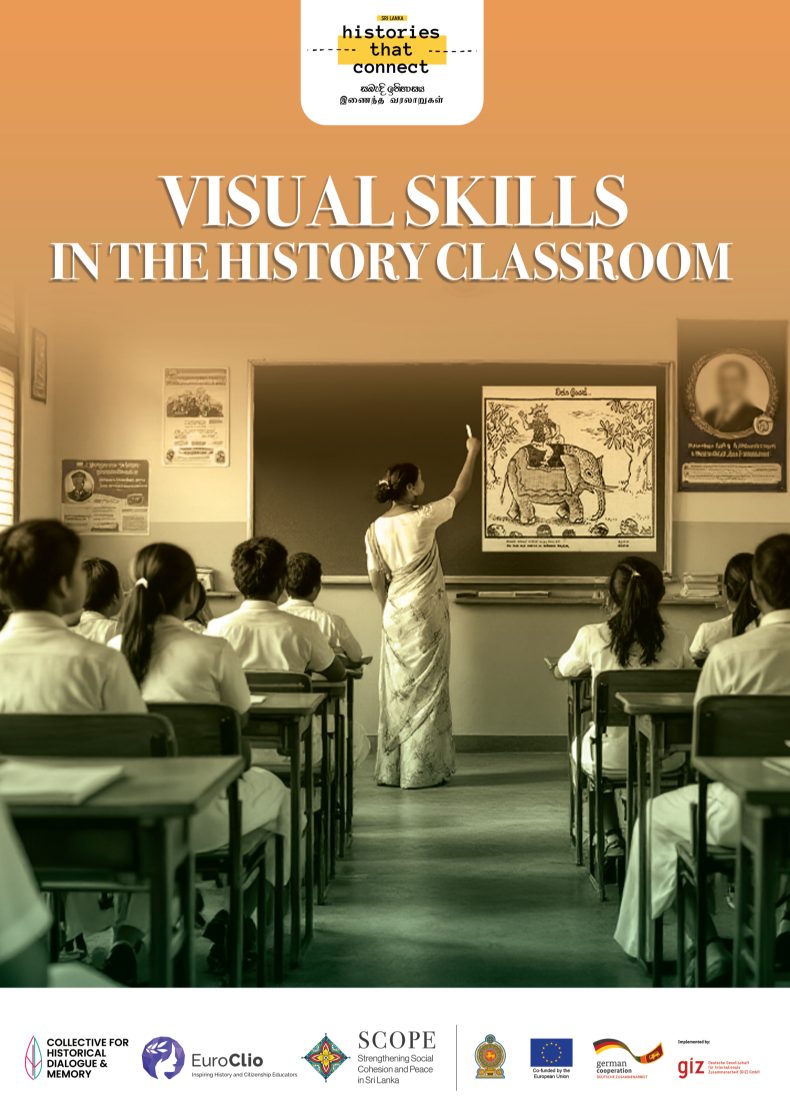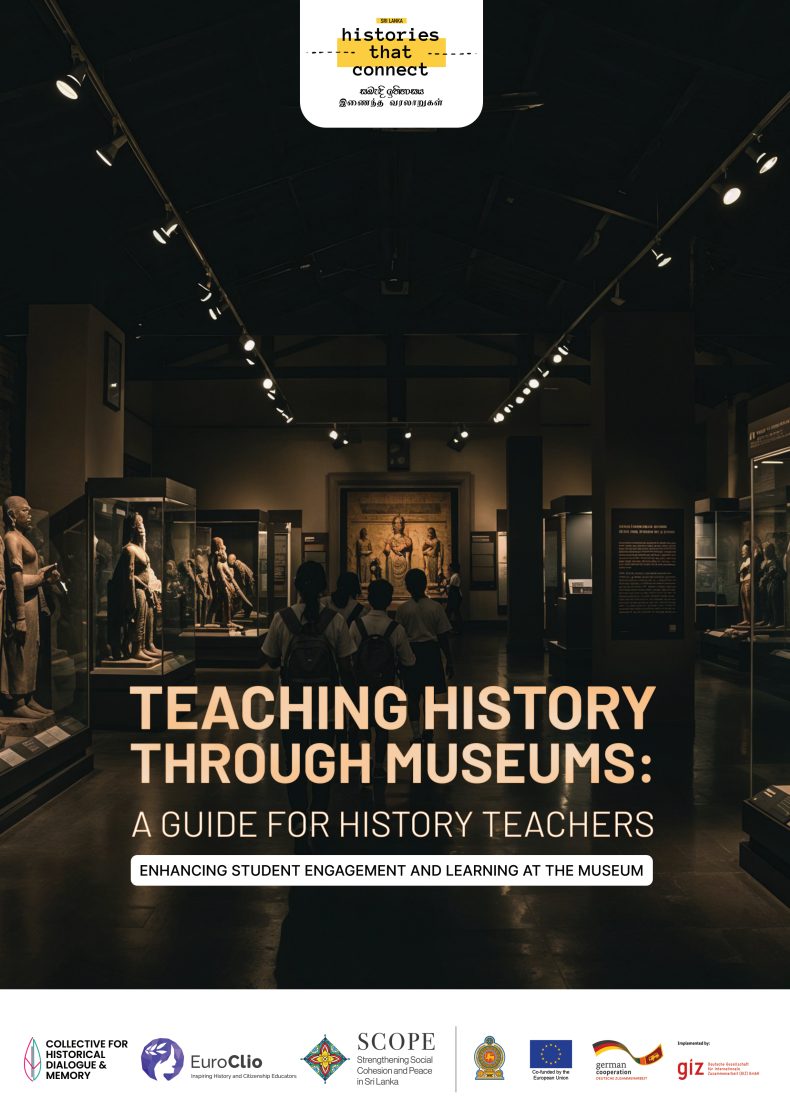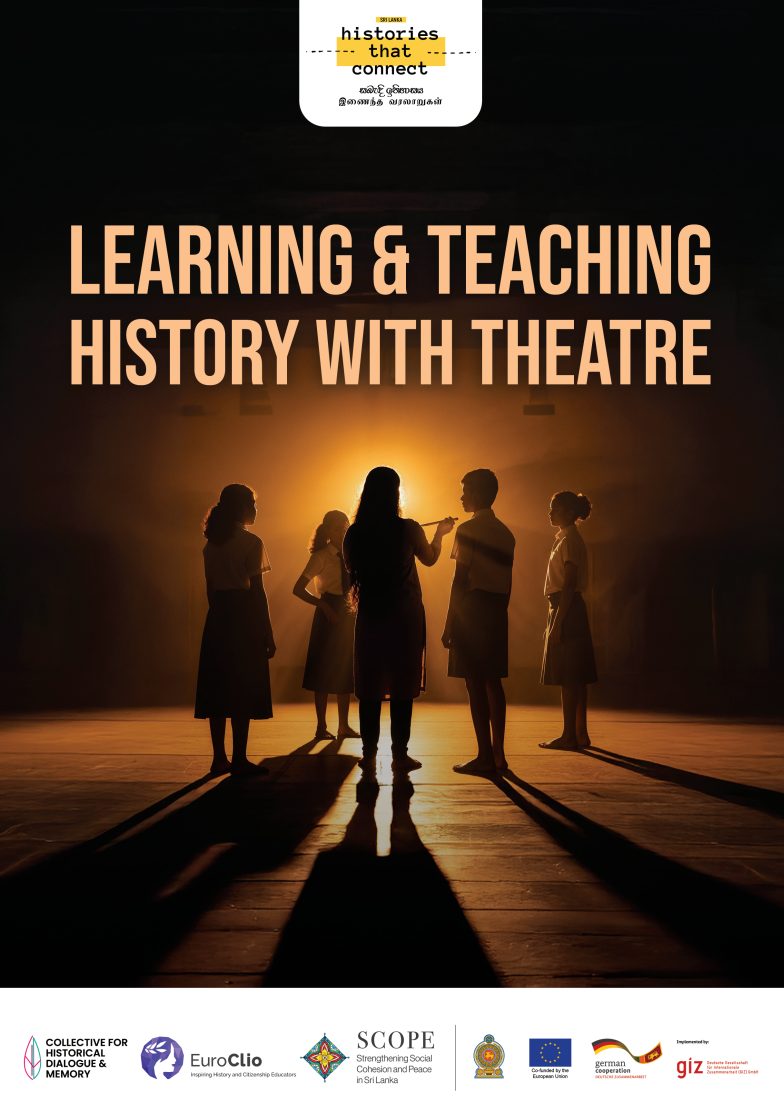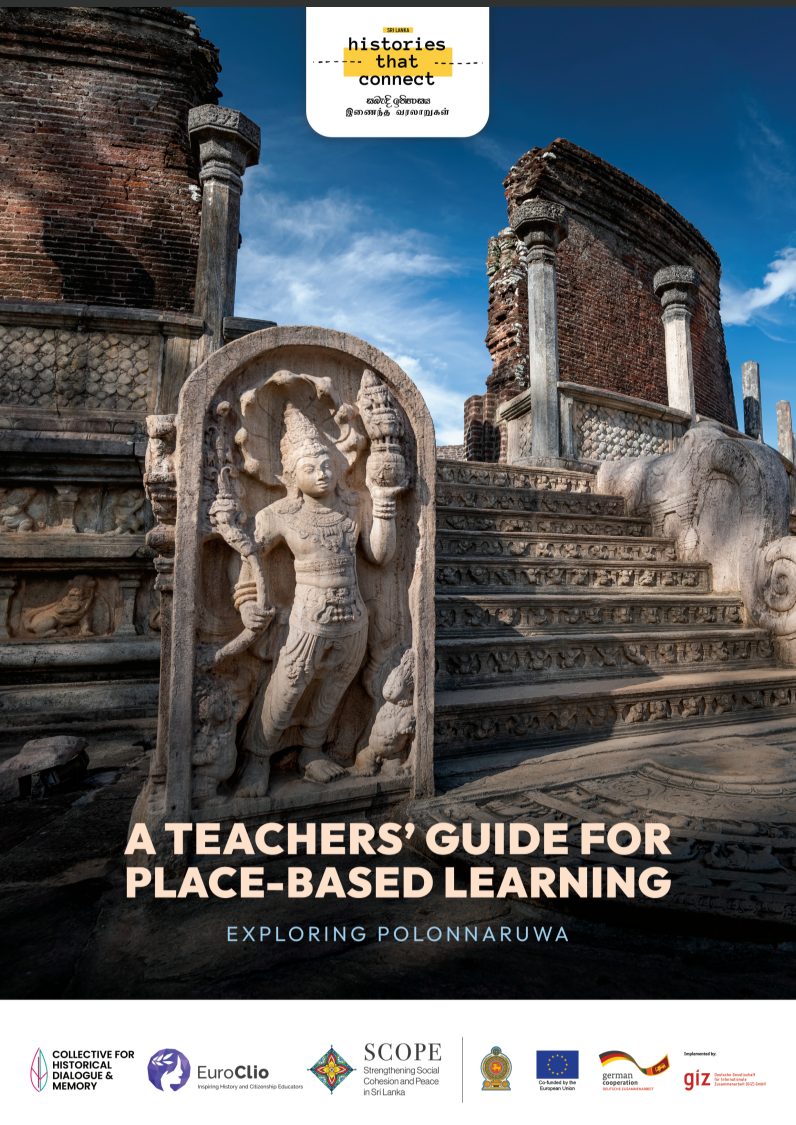The essence of this practice is to sensitise students to the fact that there are different ways of receiving claims. Furthermore, the practice gives students regular opportunities to sharpen their thinking skills by providing four “claim testers” that can be applied to any claims made in the history classroom. The practice should gradually teach students how to assess claims as an automatic part of their thinking and equip students with the language and practice needed to analyse claims made in many forms, including primary and secondary sources, data charts, videos, infographics, and even in-class discussions. This practice wants students to understand the claims that people make when answering (historical) questions. But this practice also wants students to go further: to develop the skills to recognise when people are asking good questions, to begin to assess other people’s claims – to use intuition, to use authority, but most importantly to use logic and evidence to assess claims in determining whether or not they are trustworthy. An important characteristic of this practice is its recurring nature – it is not a one off lesson or activity but more a method of teaching to be applied throughout classes over a prolonged period of time.
The Practice
The main issue that the practice addresses is the trap many students fall into when it comes to processing and dealing with new information, which is to take information at face value. Learners can take information for granted, can be unable to make a judgement on its reliability and they either don’t recognise bias and don’t always know how to correctly use sources that are biased. Examples of students taking information at face value include not looking for additional evidence that either supports or challenges the information they find, not asking (critical) questions about the origins and purpose of a source, and copying the information that they find first. Thus, this practice aims to teach and encourage these exact skills.
This practice has no set resource requirements or fixed format as it is more about using an approach, which can be used flexibly during all kinds of history teaching in many different contexts. This practice does not have a specific timeframe but should be thought of as a long term practice, one that is incorporated into teaching and learning on a daily, routine basis. This practice has a wide target group as ideally all students of history should aim to think critically when given claims. Using the four claim testers to test claims effectively can be done in classes of any size and a broad age range.
It is advised to first have an introductory lesson to the claim testers, how they work and the general benefits of thinking in these terms when you encounter information. The activities outlined below can be used as suggested content for this starter lesson on the four claim testers.
A possible title for an introductory lesson to this approach could be: How do we decide what we believe?
- First ask students what they think a claim is. Discuss this with them, eventually giving them a definition, eg: “To say something is true”. Discuss with students how you might not use the word claim very often day to day but you make claims constantly. Discuss some examples. Then pose to students the question: “But then how would you know which claims to trust, which claims to ignore and which ones to investigate further?”
- Explain to students the importance of the degree of trust in claims: How do you learn to trust claims or how do you learn to evaluate claims?
- Then, take students through a scenario that introduces the different ways humans make claims. The “Big Café” scenario (a scenario described by Bob Bain, Associate Professor of Educational Studies at the University of Michigan) is one way of doing this.This scenario can also be adapted to the match the context:
- Tell students to imagine you are going to go and try the new Big Café that you’ve heard great things about – exotic food, huge portions etc – but unfortunately you have got lost and so need to ask directions
- Luckily there is a person approaching who appears to know where they are going so you stop them and ask how to reach the restaurant.
- They reply “Yes, of course. You go down to the corner, make a right and pass a department store before you see on the left the Big Café”.
- So we start walking the route but suddenly stop and think: “Do we trust her? Does she really know?” Explain that our gut, our intuition said she seemed confident so we should follow her.
- But then we stop and decide we should investigate further so we go back to her and ask: “have you ever been to the Big Café?” to which she replies “Of course, it’s my favourite restaurant and I’ve been going there for years and years”.
- We feel good after this reassurance, she seems to be in, so we head on our way.
- But then you stop all of a sudden because you realise that the Big Café is a new café, so how could they have been going there for five years. This does not make sense. It’s illogical for her to have said what she did.
- Good news though, you remember that you both have phones, with which you can use Maps to check the location. You also know that mapping apps can sometimes be inaccurate so you agree to both check using your phones.
- Your phones both agree on the location of the Café. You realise also that you had been told the wrong directions by the passer-by. They had given you correct directions to the Little Café.
- So by now you are confident that you have the evidence needed to ensure your directions are accurate and you head to the Café.
- This is a simple story that can illustrate to students the four different ways human beings assess claims. Of course, you can adapt the fictional scenario as you wish – the key is that all four claim testers are referred to.
- After telling this story, now is the time to introduce properly for the first time the four claim testers: intuition, authority, logic and evidence. These four claim testers are effective because they provide students with memorable and accessible language to do this analysis. Define and explain the difference between each of the four testers and how they compare.For example:
- Intuition: this is what many people call having a gut feeling, simply feeling as though “something is or isn’t right”. Some also call it their “inner voice” or having a “sense” of something. Intuition is when we act or make decisions without us being fully aware of the underlying reasons for something’s occurrence. Intuition is a process that gives us the ability to know something directly without analytic reasoning. For a long time there have been debates about whether this “irrational” way of thinking is something to be shunned or not.
- Authority: this is when you rely on the credibility of a source when assessing information, so putting “weight” on information because of where or who it came from. Your judgement of the “believability” of someone and the information they give you is influenced by or based on their ranking, position or recognised knowledge about a topic.
- Logic: this is reasoning conducted or assessed according to strict principles of validity, or what many call systematic reasoning. Logic is concerned with the principles of correct reasoning. Studying the correct principles of reasoning is not the same as studying the psychology of reasoning. Logic is the former discipline, and it tells us how we ought to reason if we want to reason correctly. Intuition, discussed earlier, falls into the second category.
- Evidence: this is the available body of facts or information indicating whether a belief or proposition is true or valid. It is proof supporting a claim or belief. It can be anything that you see, experience, read, or are told that causes you to believe that something is true or has really happened.
Evidence is data on which to base proof or to establish truth or falsehood.
- Now that students are familiar with the four testers, explain how they were apparent at each stage of the scenario. Or you can ask students first to try and identify where these appeared at each stage of the story before giving them the answers.
- As an additional activity, you can ask students to think about your credibility as a teacher. Ask them: do you believe all the claims I have made about myself? Demonstrate to them that apart from your name students know little else about you. Ask students why they even automatically believe the little information you have revealed about yourself – your name, that you are a teacher etc. Ask them what it was that makes them just accept you are who you say you are, which of the four claim testers is it? Is it intuition, authority, logic or evidence?
- Further examples of potential activities teachers can use as part of this approach could be: ask students to highlight an article’s major and minor claims, or use claim testers to shape a discussion of a current issue in the news or in school.
- Teachers can also encourage student to question and challenge the order the testers are placed in – is authority really a “stronger” claim tester than intuition, for example.
- In class discussions, teachers might encourage students to respond to each other with questions such as:
- Do you think that’s a trustworthy authority? Why?
- What’s the evidence for that claim?
- Can you explain the logic for your statement?
- This makes logical [or intuitive] sense to me but I don’t have much evidence. Can someone suggest some evidence to support this?
- The claim testers give students a scaffold to measure the claims that they’ll encounter throughout their learning in history lessons. And they provide students with memorable and accessible language to do this analysis. Teachers can even create a poster of such phrases to scaffold the regular use of the claim testers in class. Plus, all the claim-testing activities in the course give students regular opportunities to sharpen their thinking skills.
Obstacles and lessons learned
Putting a poster with the claim testers in the classroom can be useful tool to remind students of these and refer to them. It is very important for students to see teachers modelling claim testing by making it a regular part of class work, which this practice encourages. The practice works most effectively when used repeatedly over a long timespan as it wants to teach students certain skills and approaches to their learning that require time and repetition to allow students to “relearn how to learn”.
The effect of the practice
An effect of successful claim testing should be evident in students’ writing as they begin to use these same strategies to show how they arrived at or are supporting their conclusions. A further effect of this practice, if applied effectively, should be that students routinely ask questions such as to what degree do you trust claims, whether or not you should ignore a claim or whether or not claims need further investigation, whether they need new questions to be asked about them. Students will slowly ponder these questions as a matter of reflex whenever they encounter new information in the classroom. A related effect of the practice is that students think before they pass along potential misinformation and that they develop a healthy skepticism to their learning.
About the contribution
The practice is based on research by Antonia Gough (EuroClio Trainee) and Steven Stegers (EuroClio Acting Executive Director). Steven was informed by this practice when Constance van Hall (author of Big History – een vakoverschrijdende oriëntatie op de wetenschappen) introduced the practice during a meeting of the World History Committee as part of the Dutch History Teachers Association in 2018.
Background to the project
This practice was initiated by the Big History Project which is a free, online social studies course that puts skills development and student engagement first. BHP delivers a big picture look at the world, and helps students develop a framework to organize what they’re learning both in and out of school.
Their inspiration is to create students who are equipped with a set of intellectual tools that help them think critically, ask questions, tie together big ideas, and build informed arguments.
Additional Information
Big History Project blog posts: https://blog.bighistoryproject.com/2017/09/27/using-claim-testers/
https://blog.bighistoryproject.com/2015/09/16/claim-testing-and-critical-thinking/
Video on claim testers: https://www.youtube.com/watch?v=vkDCkD88-B0#t=356
Written by Antonia Gough (EuroClio) in The Hague on 20 October 2018.





